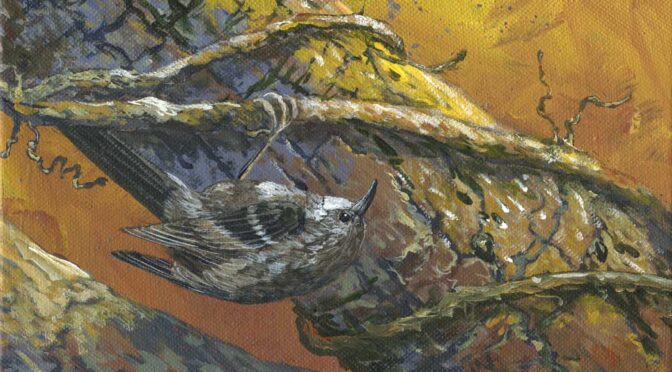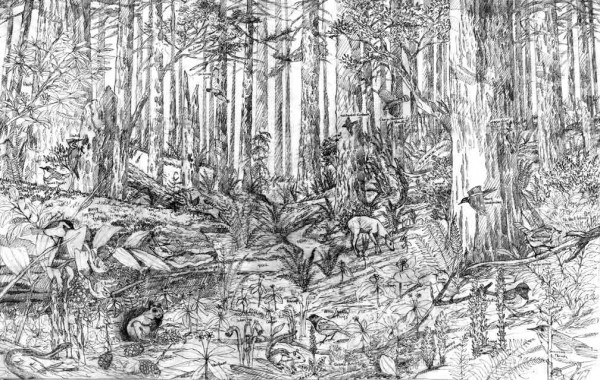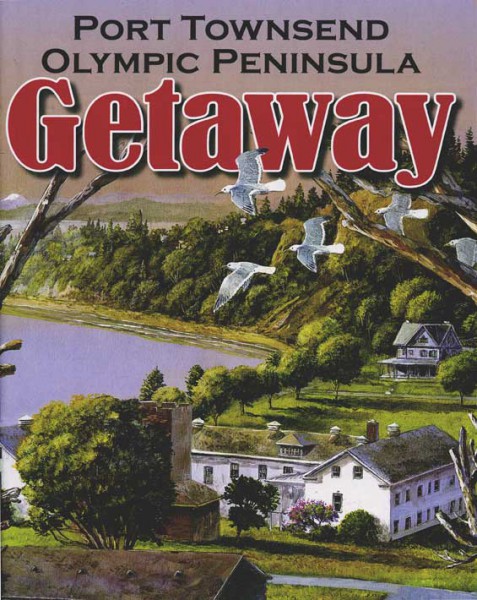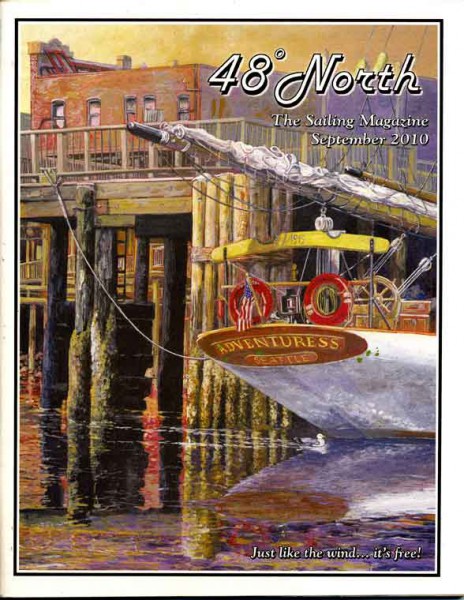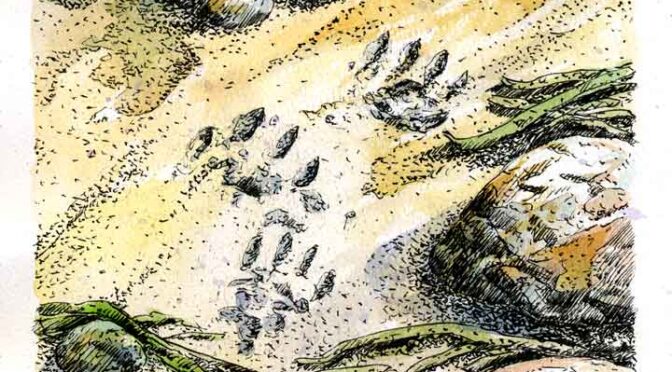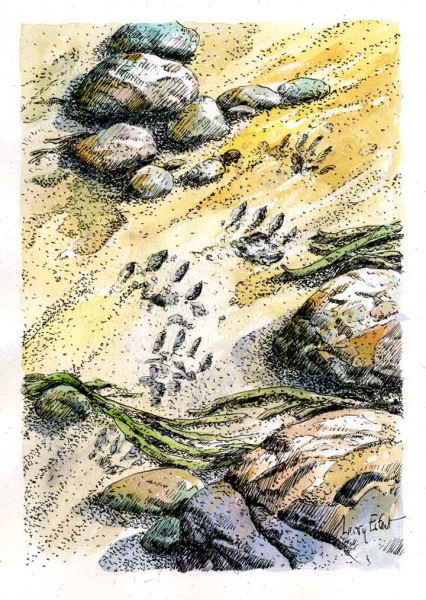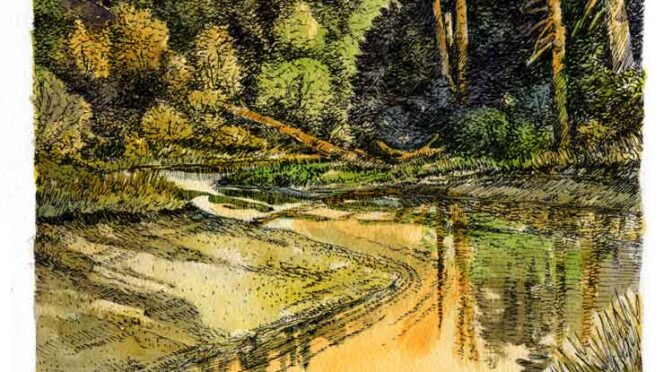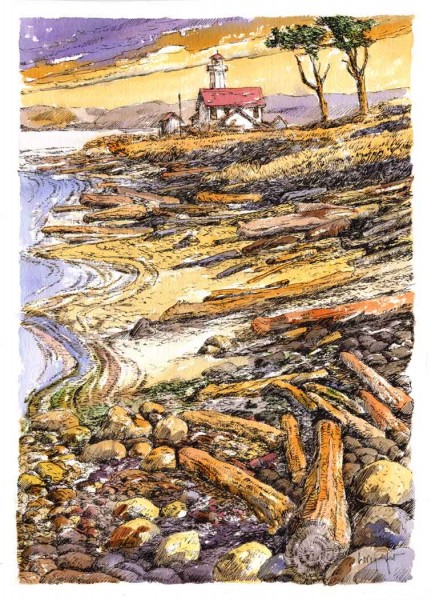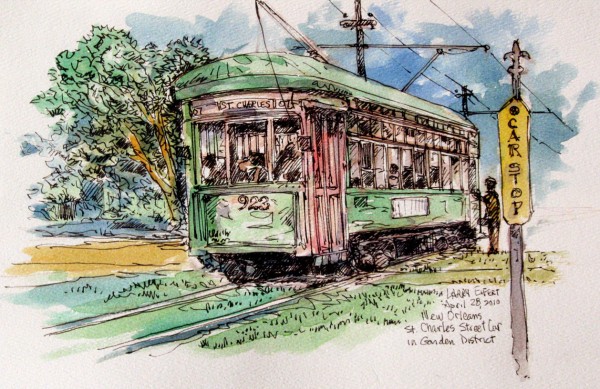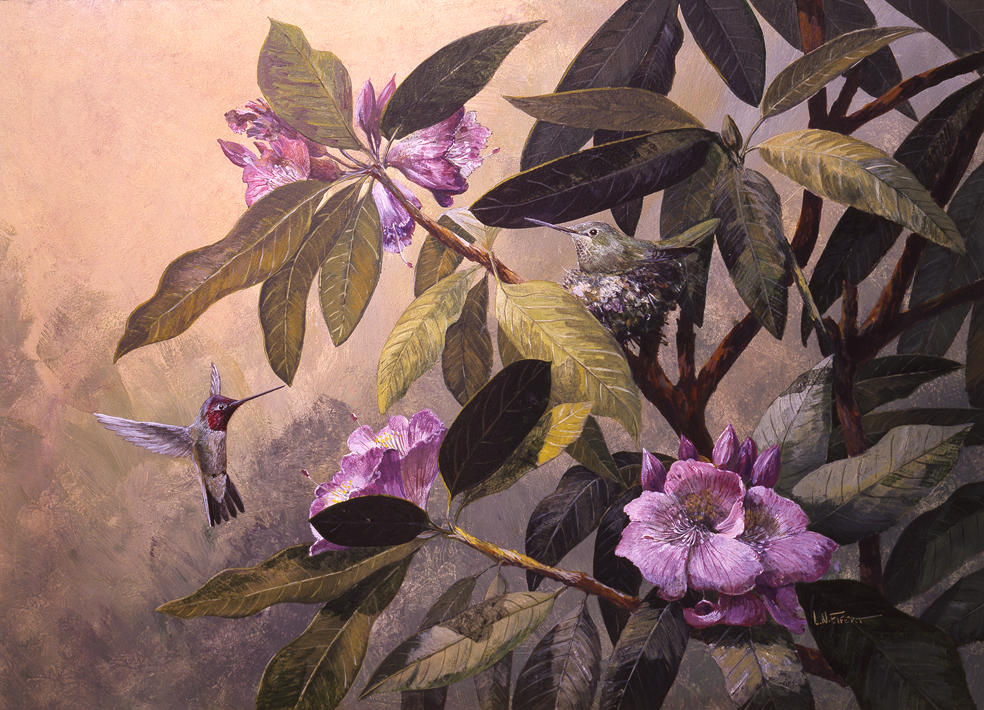We’ve been in San Diego enjoying family and friends – but it’s so good to be home in our little green and peaceful meadow again with the critters. It was heartwarming to see the red squirrel heading up to his tree-home with a giant wad of our home fiberglass insulation in his mouth!! and this little creeper was on the same tree trunk.
Possibly one of my most favorite birds,we have several resident brown creepers here in our little patch of forest. They’re like little scurrying mice, but instead of being on the ground, we see them on tree trunks. With over-sized toes for probing and poking, their coloration makes them resemble tree bark so much that if they stop moving, they almost disappear. While equally-small nuthatches spend their lives climbing DOWN trees in search of insects, creepers do just the opposite. They circle and climb UP trunks, pocking and pecking away to find the bugs nuthatches missed. In this way, both species can co-exist on the same tree, and while one is watching the ground for trouble, the other watches the sky.
This ORIGINAL painting is varnished acrylic on linen canvas, 8″ x 10″ and $320 unframed.
We have custom frames that would make it a total of $145 and shipping adds just a bit more depending on your zone or if you take the frame. This is the original painting, NOT a print.
Email us for details.
Thanks for reading this week.
Larry Eifert
Click here to go to the online blog this was to.
Click here to go to our main website – packed with jigsaw puzzles, prints, interpretive portfolios and lots of other stuff.
Click here to check out what Nancy’s currently working on with her photography.
